Total Solar Eclipse of 2017
With the big eclipse coming up for the United States only a few weeks away on August 21st, it is interesting to remind our collective thought that civilization thousands of years ago had a very good understanding of celestial events. So much so, that large structures (pyramids in Africa, Central America, etc.) were constructed almost as a way of telling the future generations (like those of us living now) that they were an advanced society. From Copernicus, to Galileo, to Einstein, we can trace back our understanding of these fascinating realities of the universe.
The total solar eclipse will briefly, but completely block out the sun from the sky.
Copernicus theorized that the sun was the center of the universe and the planets orbited around it (heliocentrism). This was a departure from thinking that the Earth is the center (geocentrism). Some people still believe in geocentrism to this day.
Galileo was an important scientist for many reasons, but one thing he is known for is discovering the 4 large moons of Jupiter: Io, Europa, Ganymede, and Callisto. Galileo took careful sketches of our own moon through his telescope and made countless contributions to establishing the scientific method of research.
Isn't it interesting that that our moon can just perfectly fall in line to cover up the sun during a solar eclipse? Isn't it cool how the size of the moon, the size of the sun, and the distances between them are in such a profound proportion to make this possible?
During the eclipse, the moon will perfectly overlap the sun and the outer layer of the sun, known as the Corona, will become visible. The sun is a giant nuclear fusion reactor that is spitting out huge amounts of plasma. The photons that are being emitted from the sun travel 3 x 10^8 meters every second to reach our eyes, and it takes them approximately 8 minutes to do so. If the sun were to "turn off" the process of radiating light, we wouldn't detect it on Earth until 8 minutes later. What I wonder, is how far did the ancients get? We have Einstein's special theory of relativity, which essentially weaves our 3-axis system of spacial direction with time and these beautiful events that we see in nature. Don't even get me started on quantum mechanics or theoretical physics. Ancient civilizations (like the Egyptians and Mayans) had unbelievable calendars and complex structures built showing they had some knowledge about the mechanics of the solar system. I recommend that anyone who is interested in the solar eclipse to really take advantage of their time to witness it. The eclipse will be visible for millions of people across the United States on August 21st, don't miss out!
All photos via Pixabay
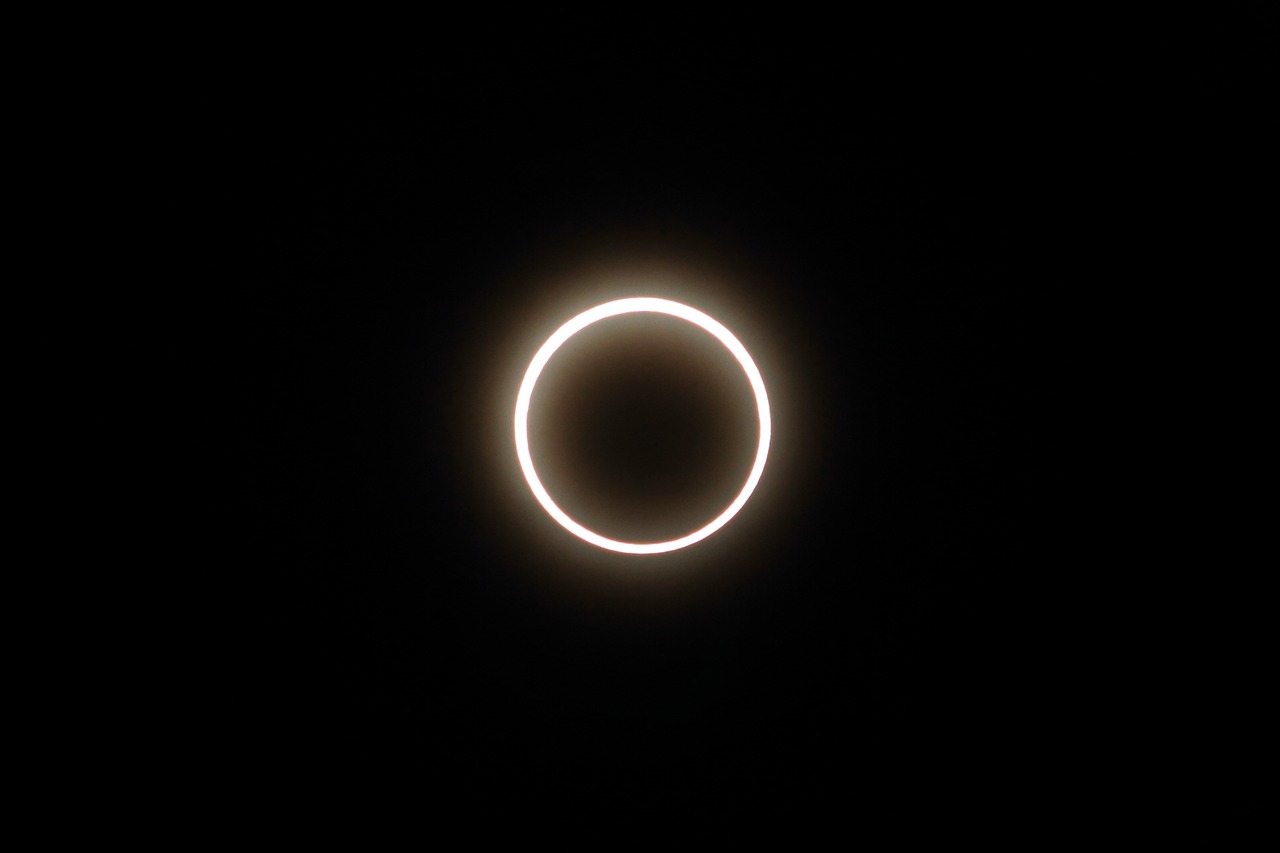
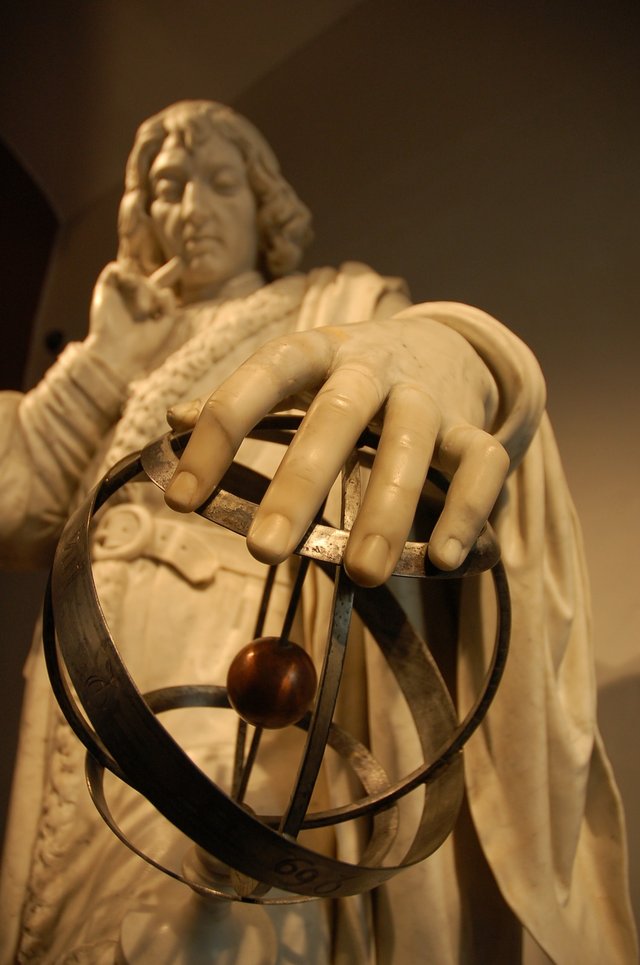
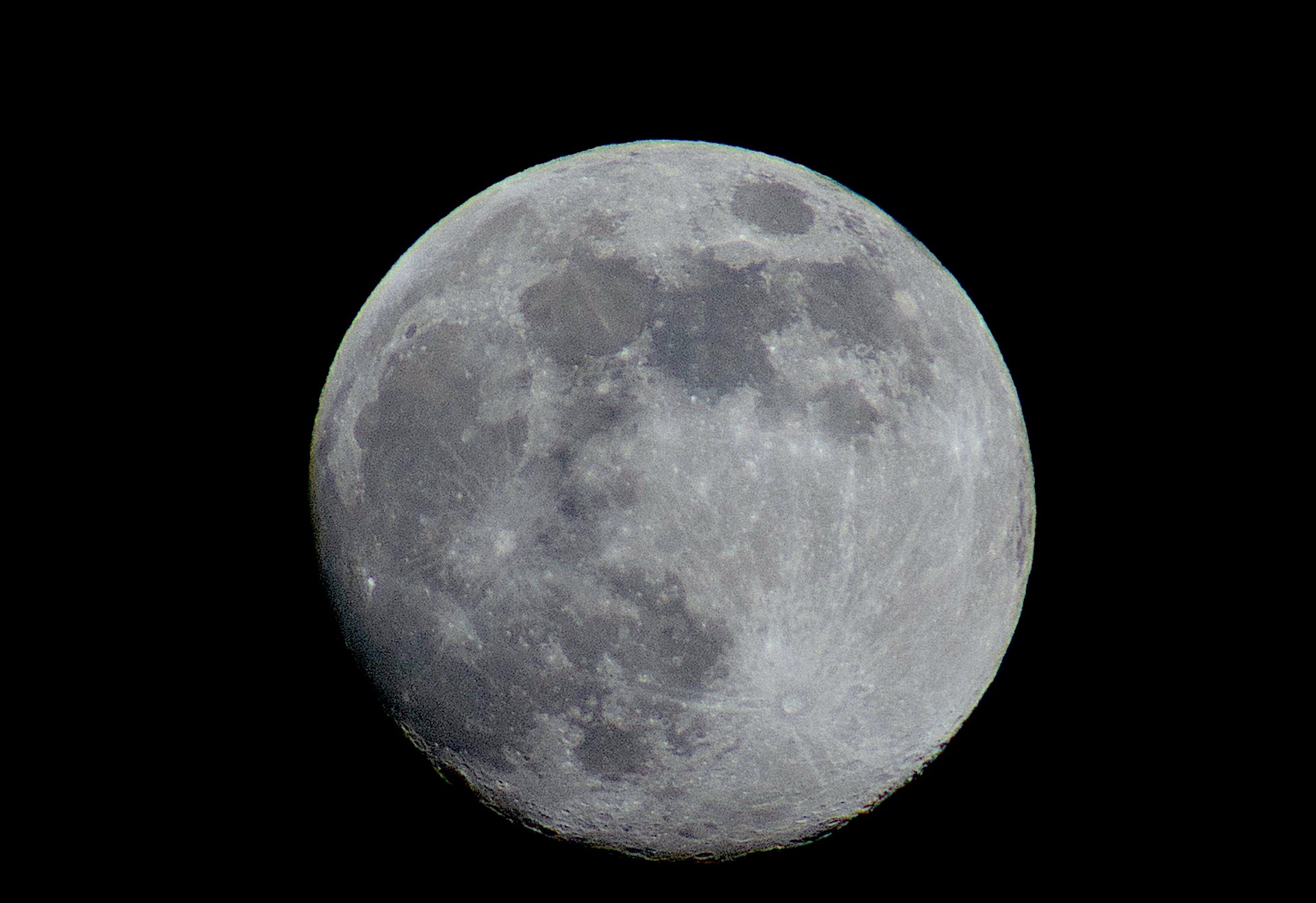
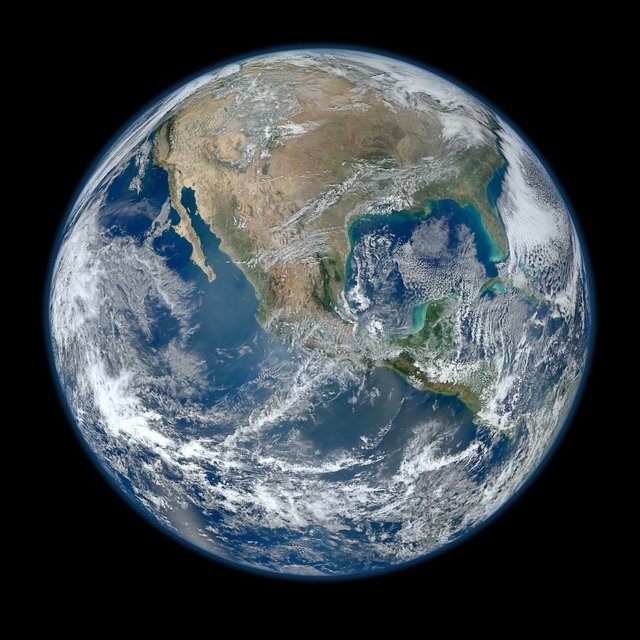
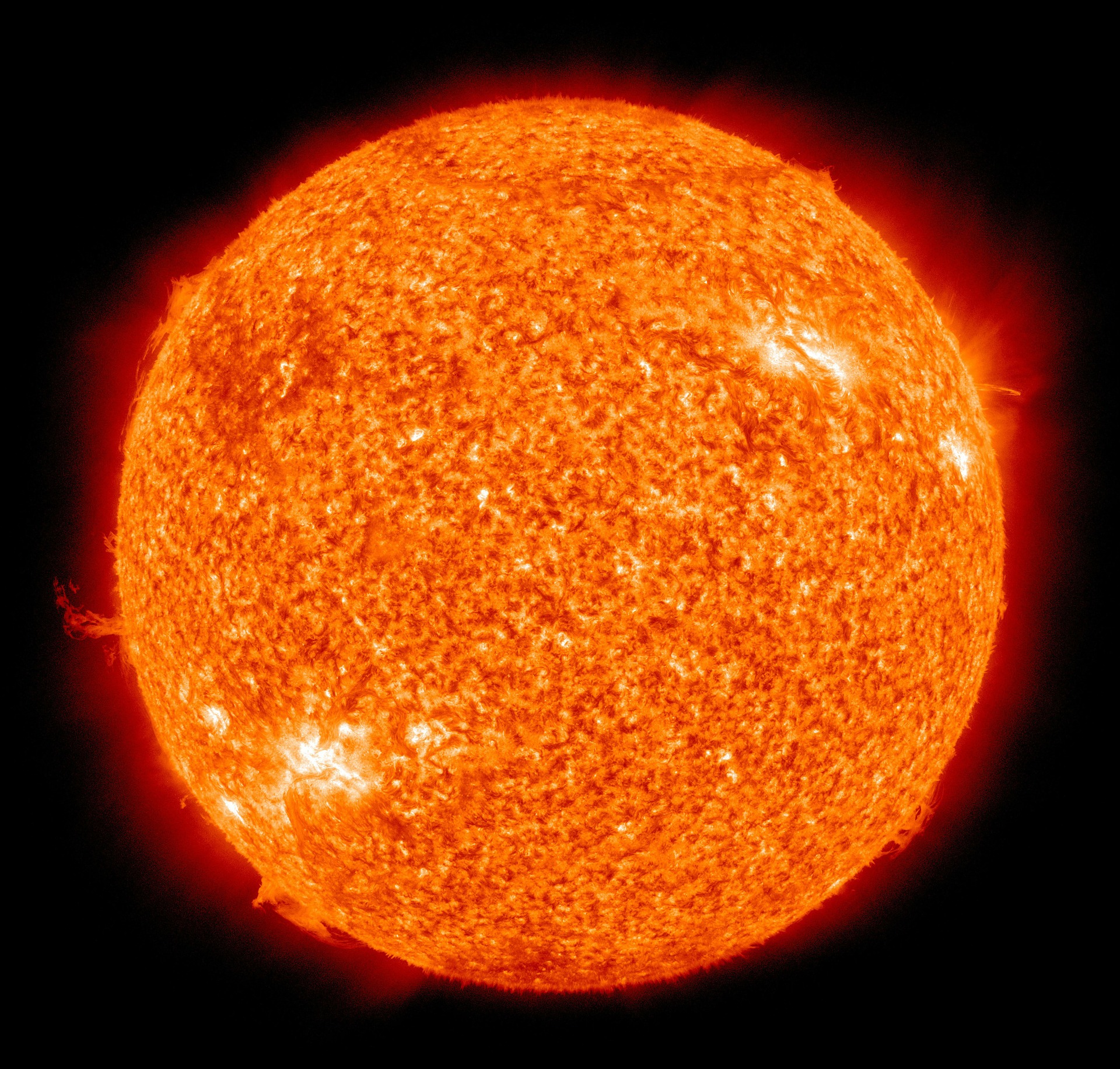
Gratitude for sharing more about this cosmic event, so where will you be on 8.21.17? I am so stoked for this opportunity to connect with others for the Black Sun!
Please check out my Eclipse post here:
https://steemit.com/photography/@rebele93/2017-total-solar-eclipse-images
Cheers,
Mike Bryant (AKA: Rebele93)
https://steemit.com/@rebele93
@originalworks
@OriginalWorks Mention Bot activated by @theabsolute. The @OriginalWorks bot has determined this post by @theabsolute to be original material and upvoted it!
To call @OriginalWorks, simply reply to any post with @OriginalWorks in your message!
@theabsolute got you a $0.65 @minnowbooster upgoat, nice! (Image: pixabay.com)
Want a boost? Click here to read more!
This post has received a 7.50 % upvote from @lovejuice thanks to: @theabsolute. They have officially sprayed their dank amps all over your post rewards. GOOD TIMES! Vote for Aggroed!
Thanks!
If you write on Physics and wish to be followed by @physics-trail, then click here and leave a comment.
You may also follow @physics-trail for curated Physics articles.
Why the Sun and moon was moving west to east not East to West?
https://steemit.com/eclipse/@bonapathy/eclipse-2017-there-has-to-be-an-invisible-sun
I like the explanation! I put up a timelapse of the one from last week, if you want to see it (first Steemit post, figuring this all out).
Cheers!